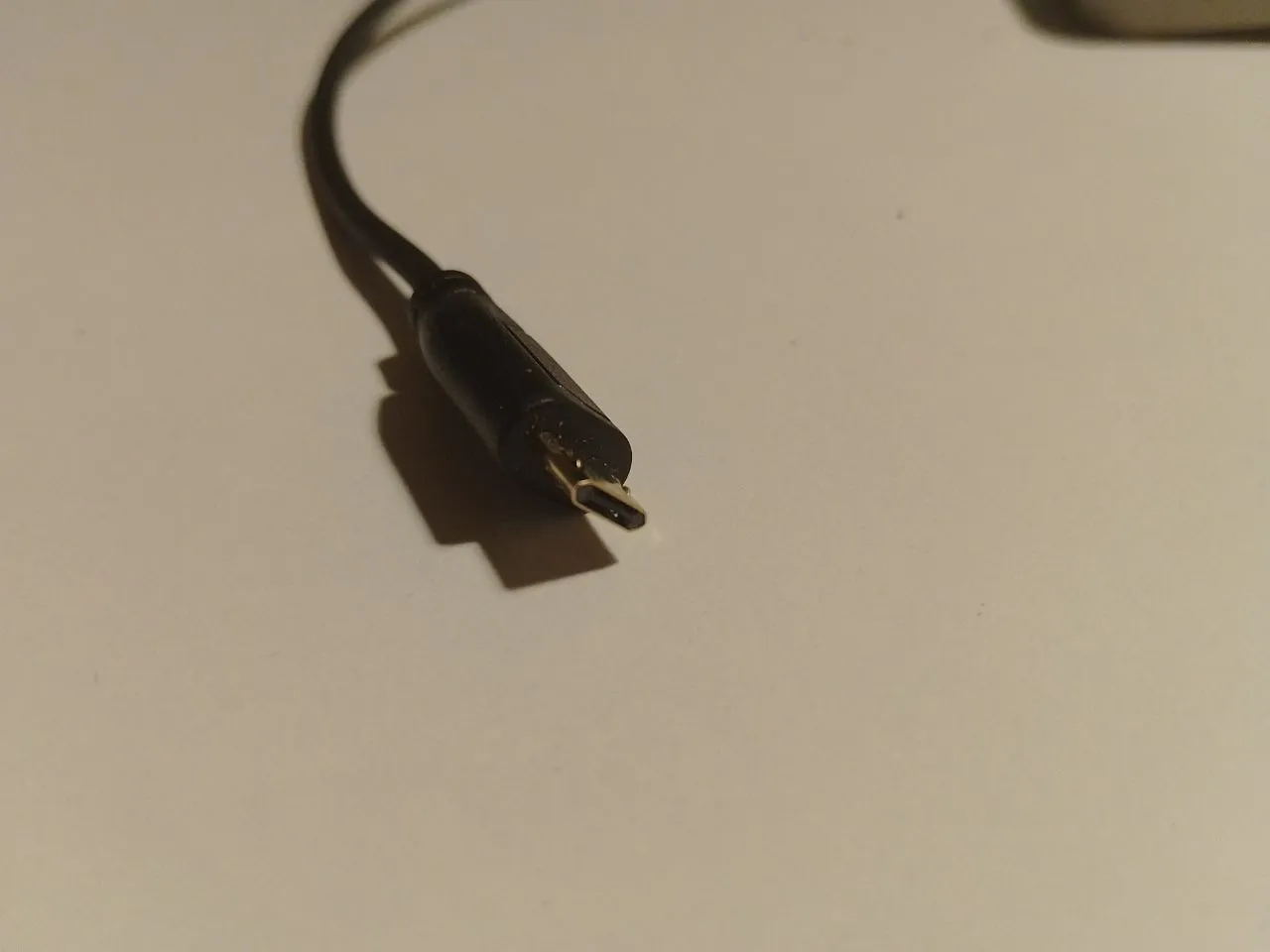this post was submitted on 02 Jan 2024
100 points (100.0% liked)
Technology
37712 readers
188 users here now
A nice place to discuss rumors, happenings, innovations, and challenges in the technology sphere. We also welcome discussions on the intersections of technology and society. If it’s technological news or discussion of technology, it probably belongs here.
Remember the overriding ethos on Beehaw: Be(e) Nice. Each user you encounter here is a person, and should be treated with kindness (even if they’re wrong, or use a Linux distro you don’t like). Personal attacks will not be tolerated.
Subcommunities on Beehaw:
This community's icon was made by Aaron Schneider, under the CC-BY-NC-SA 4.0 license.
founded 2 years ago
MODERATORS
you are viewing a single comment's thread
view the rest of the comments
view the rest of the comments

I've had plenty of Mini-USB failures, all of them in the socket. There's a reason why when Micro-USB was designed, they bumped the required mating cycle rating to twice that of Mini-USB.
The biggest problem with Micro-USB, is that it got adopted as the standard charging port for smartphones, which proved even the doubled mating cycle rating way insufficient.
For reference:
If you had problems with Micro-USB, expect about the same to happen with USB-C. Plugging it once a day to charge, should last 30 years; plugging it 10 times a day to "top it up", will break it after 3 years on average.
Personally, I've put some magnetic adapters in all Micro-USB stuff like 5-6 years ago, and so far only one of the adapters has broken, all sockets are like new.
The problem with micro USB is that hardly anyone ever had issues with the ports or cables on mini USB, then micro USB comes along with it's massive 10000 cycles, but the cables break so easily so loads of people have problems with them. All because some people wanted smaller ports.